
When planning your travels, choosing the right airline is crucial for ensuring a smooth and enjoyable experience. While most airlines will get you to your destination safely, Emirates stands out for its exceptional service, comfort, and value. Here’s why you should consider flying with Emirates for your next trip.
1. Exceptional Service Across All Classes
Emirates is known for providing world-class service across all levels of its flights. Awarded the “Best Airline Worldwide” for 12 consecutive years at the Business Traveller Middle East (BTME) awards, Emirates ensures that every passenger feels valued. Whether you’re flying economy, business, or first class, you can expect top-tier hospitality from the moment you check in.
A special highlight is the complimentary Polaroid photos provided to families traveling with young children. This thoughtful gesture has also extended to those celebrating special occasions like birthdays or anniversaries, adding a personal touch to your flight experience.
2. Comfort and Entertainment at Its Best
With a fleet of 269 aircraft, including the world’s largest fleet of Boeing 777 and Airbus A380, Emirates is dedicated to providing outstanding comfort. Economy class passengers enjoy premium leather seats, while business class offers lie-flat seats, perfect for long-haul flights. The first-class cabins are equipped with private doors and even the exclusive A380 Shower Spa for a refreshing experience before landing.
Emirates’ in-flight entertainment system, ICE, is regularly updated with over 5,000 channels in multiple languages, ensuring that passengers of all ages are entertained throughout their journey. Whether you’re into movies, music, or games, you’ll have plenty of options to keep you occupied.
3. Relaxation at Dubai’s Emirates Lounge
Long layovers can be a hassle, but Emirates turns waiting into a luxury experience. Business and first-class passengers can enjoy exclusive access to the Emirates Lounge in Dubai, where they can indulge in gourmet meals prepared by chefs. From hoisin stir-fried chicken to vegan and vegetarian dishes, the lounge caters to a wide variety of tastes.
For an added touch of relaxation, the Emirates Lounge also features a spa where passengers can enjoy massages, facials, or even a manicure. With private shower rooms available and direct access to your gate, the lounge ensures that your layover is as comfortable as possible.
4. Enjoy Exclusive Benefits with Emirates Skywards
Emirates’ Skywards loyalty program rewards frequent flyers with Miles, which can be accumulated not only through Emirates flights but also with flydubai and partner airlines. Members of the Skywards program enjoy numerous benefits such as priority check-ins, additional baggage allowance, and complimentary seat selection.
As you earn more Miles, you can climb the four-tier membership levels—Blue, Silver, Gold, and Platinum—which unlock even more perks, like discounted lounge access and free in-flight Wi-Fi. Signing up for the Skywards program is free and easy, allowing you to start earning Miles on your first flight.
5. Extensive Connectivity Across the Globe
Emirates flies to 140 destinations across 58 countries, making it easy to reach nearly any major city worldwide. Dubai, the airline’s hub, provides excellent connectivity, offering seamless layovers and convenient connections to cities in the Middle East, Africa, Asia, and Europe. Additionally, Emirates partners with over 20 airlines, expanding its reach to nearly 5,000 cities around the world.
With convenient flight schedules and efficient connections, Emirates makes it easier than ever to plan your next adventure, no matter your destination.
Recommended Destinations for Your Emirates Flight
Flying with Emirates opens up a world of travel possibilities. Here are some top destinations to consider for your next trip:
Dubai, UAE
Dubai is Emirates’ home base and is a must-visit for anyone traveling with the airline. Known for its stunning skyscrapers like the Burj Khalifa, Dubai is also a cultural melting pot with a blend of modern architecture and rich traditions. Whether you’re seeking adventure in the desert, shopping in luxurious malls, or enjoying a relaxing dinner under the stars, Dubai has something for everyone. Emirates also offers a Dubai Stopover package, allowing passengers to explore the city during a layover, complete with airport transfers and hotel arrangements.
Amsterdam, Netherlands
Emirates offers excellent connectivity to Amsterdam, a city famous for its picturesque canals, bicycles, and charming architecture. 2025 marks the 750th anniversary of Amsterdam, and the city will be celebrating with events such as the Amsterdam SAIL, a grand gathering of ships. When visiting, don’t miss the nearby village of Zaanse Schans with its iconic windmills or a trip to Rotterdam to explore its modern architecture. Amsterdam is the perfect destination to explore history, art, and culture.
Maldives
For a romantic getaway, the Maldives is an idyllic destination, and flying with Emirates makes the journey even more special. Known for its pristine beaches, crystal-clear waters, and luxurious resorts, the Maldives offers a dream vacation for couples. Whether you’re relaxing on a secluded island or swimming with whale sharks, the Maldives is the perfect place to unwind and indulge. With its consistent tropical climate, the Maldives is an excellent year-round destination.
Conclusion
With its outstanding service, comfort, and connectivity, flying with Emirates enhances the entire travel experience. Whether you’re traveling for business or leisure, the airline offers an array of benefits that make every journey special. From world-class in-flight amenities to exclusive lounge access and loyalty rewards, Emirates sets the standard for excellence in aviation. Book your next trip with Emirates and experience a flight that goes beyond the ordinary.










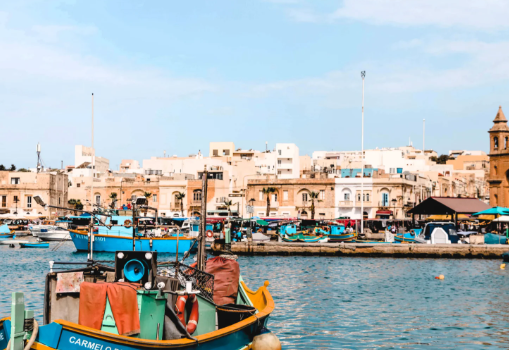
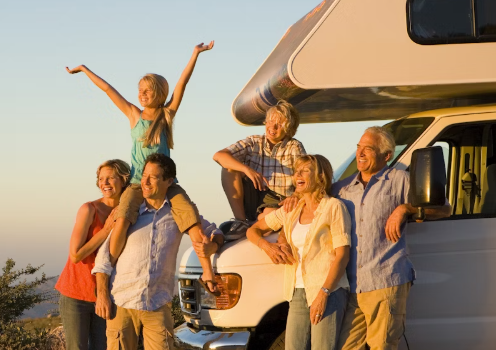


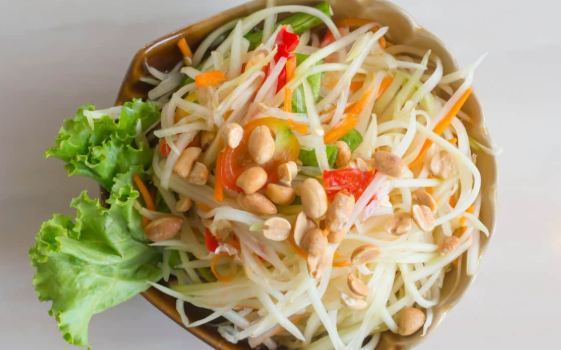
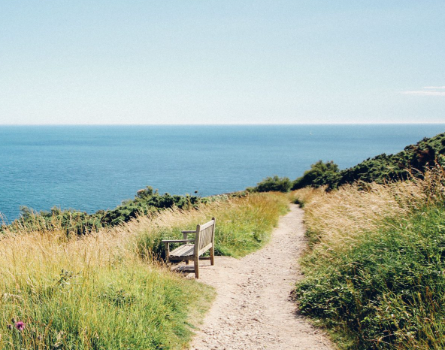
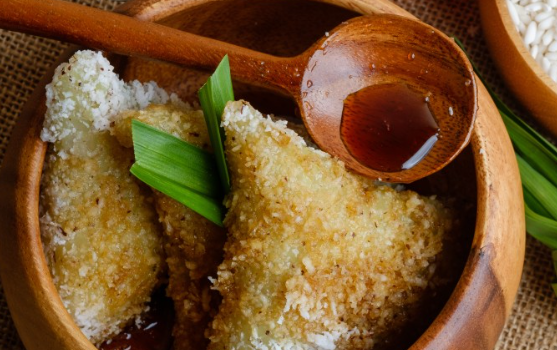
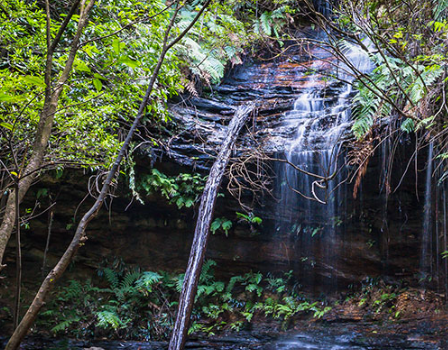


Comments